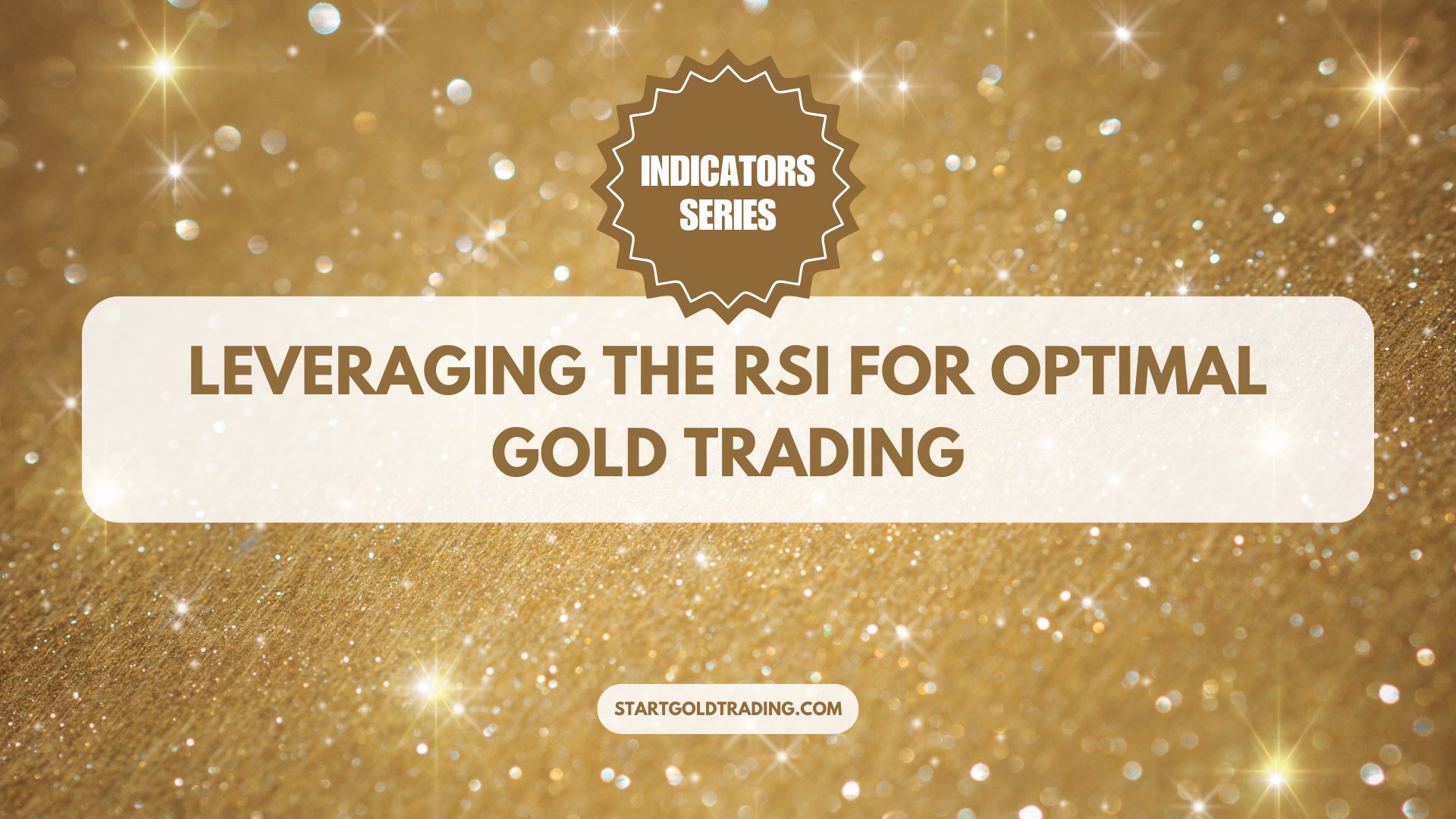Introduction to RSI
The Relative Strength Index (RSI) is a momentum oscillator that measures the speed and change of price movements. Developed by J. Welles Wilder in 1978, RSI is one of the most utilized technical indicators in trading due to its ability to detect overbought and oversold conditions. It operates on a scale of 0 to 100, making it an intuitive tool for traders to understand market sentiment and potential reversals.
Relevance to Gold Trading
In the volatile world of gold trading, the RSI is particularly valuable. Gold prices can move dramatically due to various factors including market sentiment, economic data, and geopolitical events. The RSI helps traders gauge the internal strength of price movements and determine whether a current gold price trend is likely to continue or reverse.
- Overbought Conditions: When the RSI value rises above 70, it suggests that gold may be overbought and could be due for a correction or pullback.
- Oversold Conditions: Conversely, an RSI reading below 30 indicates that gold may be oversold, potentially signaling a buying opportunity.
Execution Strategies
To effectively use the RSI in gold trading, consider the following strategies:
- RSI Thresholds: Customize your RSI thresholds based on historical performance of gold. While the standard thresholds are 70 (overbought) and 30 (oversold), adjusting these levels to 80 and 20 might better suit the volatility and behavior of the gold market.
- Divergence: Pay attention to divergence where the price of gold is making new highs while the RSI is failing to reach new highs. This divergence can be a strong indicator of a potential reversal.
- RSI and Moving Averages: Combine RSI readings with moving averages to confirm trend directions. For instance, you might buy when the RSI moves above 50 and the price is above a moving average.
- Time Frame Considerations: Utilize multiple time frames to refine entry and exit points. For example, while a daily RSI might show an overbought signal, an hourly RSI could provide the precise timing for entering or exiting a trade.
Pros and Cons
Pros:
- Simplicity and Efficiency: RSI is straightforward to interpret and can be quickly incorporated into any trading strategy.
- Timely Signals for Reversals: Effective in identifying potential reversals, providing traders with opportunities to enter or exit trades at optimal prices.
Cons:
- False Signals: Like any indicator, RSI is not foolproof and can generate false signals especially in sideways markets where price fluctuations are minimal.
- Lagging Nature: As a momentum oscillator, RSI may lag behind real-time events, especially sudden market movements due to unforeseen events.
Conclusion
The Relative Strength Index is a powerful tool in the arsenal of a gold trader, offering crucial insights into market dynamics and potential reversal points. By understanding and strategically applying RSI, traders can enhance their ability to make informed decisions, potentially increasing their profitability in the gold market. However, it’s important to use RSI in conjunction with other tools and techniques to confirm signals and refine trading strategies, thereby minimizing risks associated with false or lagging indicators.

